Apple’s Homepod Leaves Amazon and Google Quaking In Their Boots
The new Homepod takes on huge rivals
When Apple announced it’s highly anticipated new smart speaker, the HomePod earlier this year, the company took a strong start on its all-out attack on home audio.
However, it’s unlikely, that we’ll see many of these devices this year.
The HomePod takes aim at new smart speakers that have been dominating the market in recent years, including devices like Amazon’s Alexa and Google’s Home. At the same time it looks to capture the high-end (and home-filling) sound of Sonos’ multiroom speakers.
The speaker’s design doesn’t deviate much from the smart-speaker playbook, looking very similar to multiple wireless speakers on the market as of late.
The speaker stands just under 7″ tall, and is covered in acoustically treated mesh. Inside is a 360° array of seven tweeters along the base and a 4″, upward-facing woofer claimed to combine for excellent, room-filling sound.
In addition, onboard processing via Apple’s A8 chip means that the speaker offers spatial awareness to automatically tune itself to any room.
Multiple speakers can also be synced together, including pairing two of the speakers in stereo, a la Sonos’ Play:1 speakers, among many others.
Super Siri
And of course, we can’t forget the smart functionality via Apple’s sassy assistant, Siri.
With an array of microphones inside and Siri on board, the HomePod will integrate seamlessly with the company’s Apple Music streaming service, allowing users to ask questions like: “What was the top song in 2015?” or more ambiguous requests like “Play something new.”
Thanks to cloud connection, users can also ask the HomePod the same questions they might ask an Echo or Google Home device via Apple’s Homekit protocol, ranging from simple requests like reminders to complex smart home controls, whether you’re in your home or abroad.
HomeKit You use the wake phrase “Hey, Siri” to start sending your information to the cloud via an anonymous Siri ID, and your voice is picked up with six microphones, even when your playlist is on.
Thanks to encryption and anonymization, your questions and commands won’t be linked to your Apple ID.
Google Home and Amazon’s Alexa make you delete your history manually if you’re uncomfortable having everything tied to your account.
Smart home
Naturally, the speaker works with HomeKit, so it can control compatible smart-home devices.
If you have scenes set up, you can tell the speaker to turn run going to sleep mode or movie night.
Since the HomePod acts as a hub, you’ll also be able to control your devices remotely, something you previously needed an Apple TV to do.
What if your smart-home device isn’t HomeKit compatible?
You might be out of luck. Airplay 2 Unlike its typical closed-ecosystem approach, Apple is also casting a wide net for its new multi-room listening system, coming with Airplay’s second generation.
In addition to the HomePod, the company announced the new ‘Airplay 2’ protocol Monday, which will integrate with iOS 11 to allow listeners to select a variety of Airplay-supported speakers to play back music in their home at any given time, both manually, and via Siri.
The Airplay 2 functionality will also support third-party applications.
Like Google’s Cast, the new multi-room audio functionality will integrate with Apple TV as well, allowing those who own Apple’s video streaming box to control playback on their larger screens.
As far as third-party speakers are concerned, the company has announced an expansive list of high-end audio partners whose devices will be supported, including acclaimed manufacturers like Bang & Olufsen, Bose, Denon, McIntosh, Bowers & Wilkins, Polk, and even the ultra-pricey Devialet brand.
This new, inclusive approach represents a significant difference between Apple’s new multi-room functionality and that of industry-leading multi-room speaker maker Sonos, which takes a top-down approach to its speaker systems, requiring listeners to buy Sonos-branded speakers to create their full-home speaker setup.
Needless to say, many people are excited to see the new speaker and multiroom functionality in action.
But to much disappointment we may have to wait quite a while longer to get our hands on one.
On Monday, Apple supplier Inventec noted that it would begin shipping HomePods sometime during the fourth quarter.
Can we have some more?
Inventory, unfortunately, will be limited.
“We will finally ship the smart home device this year, but its contribution will be fairly limited and hopefully that will improve next year,” Inventec Appliances president David Ho told analysts and reporters during an earnings conference.
Analysts estimate that Inventec will “only ship some 500,000 units of HomePod this year.”
The HomePod is set to cost $350 and will be available in the United States, United Kingdom, and Australia starting in December, with further international rollout following in 2018.
The new Airplay 2 functionality will hit the market with iOS 11 this fall.


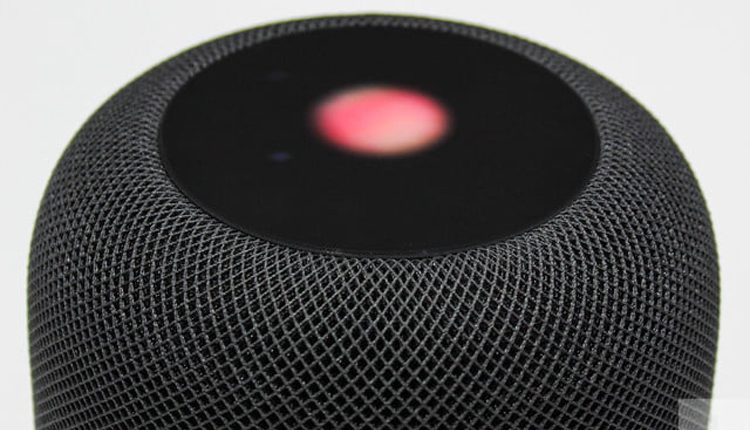
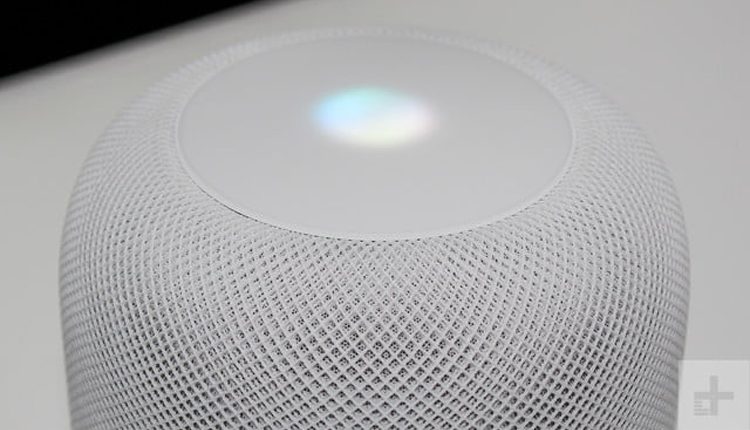
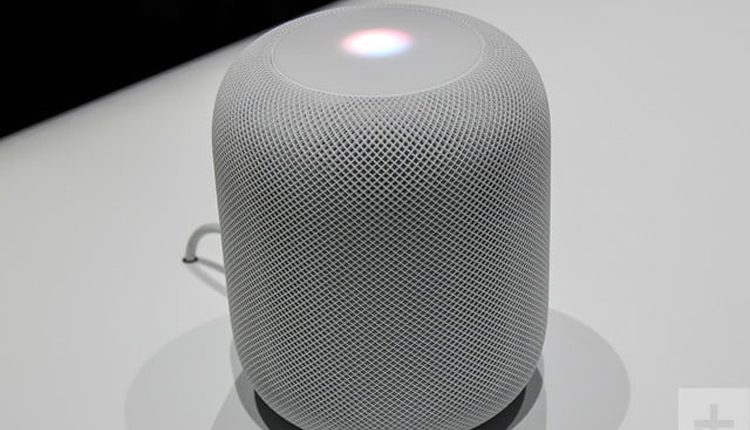
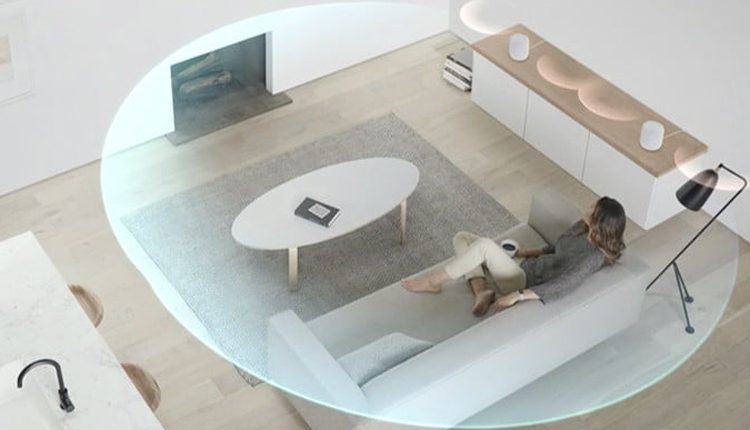
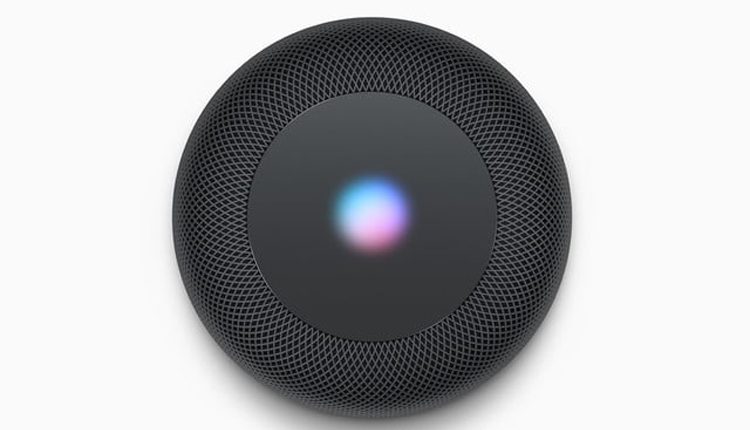
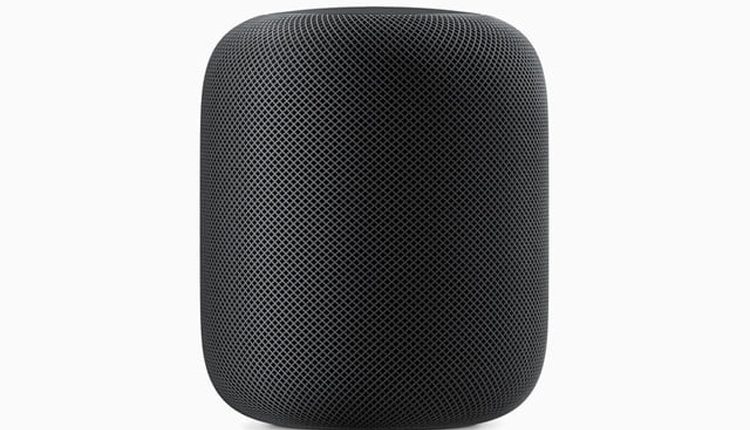
Comments are closed, but trackbacks and pingbacks are open.